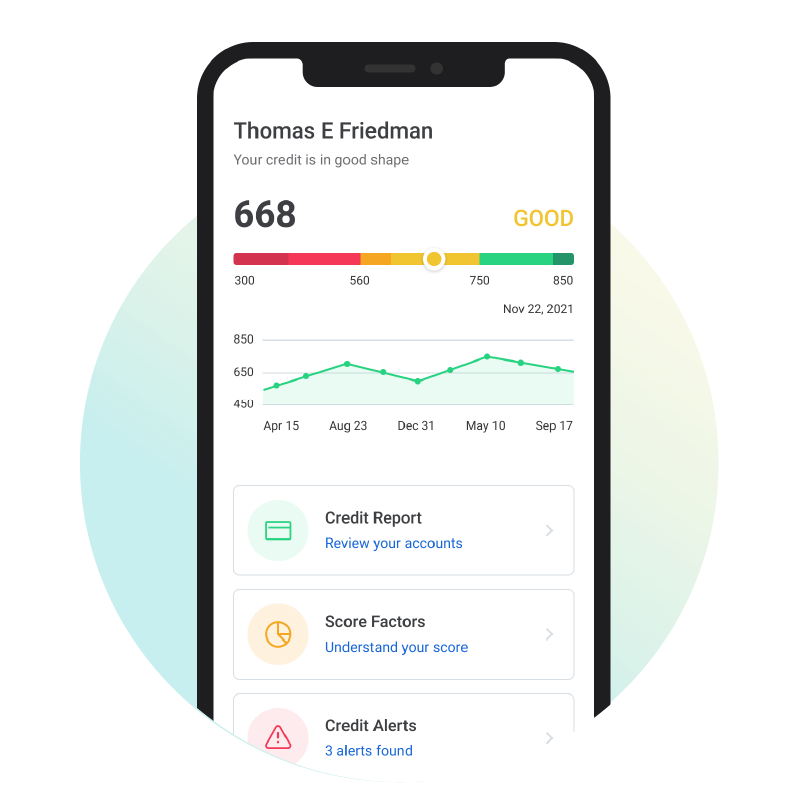Credit scores are the financial lifelines that often dictate our access to loans, mortgages, credit cards, and other essential financial services. When it comes to evaluating creditworthiness, lenders predominantly rely on two main types of scores: FICO® Scores and VantageScores®.
Let’s delve into the world of credit scores to understand the differences between these two scoring models and why consumers should care.
The origin and purpose of FICO scores and vantagescores
FICO Scores are the brainchild of Fair Isaac Corp., founded in 1956 by Bill Fair and Earl Isaac. These scores are rooted in consumer bureau data from millions of individuals and assess their likelihood to meet credit obligations. What sets FICO Scores apart is their inclusion of reason codes that offer consumers insights into the factors affecting their scores. Remarkably, 90 percent of the top lending institutions in the United States rely on FICO Scores for risk assessment.
VantageScores are produced by VantageScores Solutions LLC, established in 2006 through collaboration between the three major credit bureaus: Experian, Equifax, and TransUnion. Their mission is to drive innovation and inclusion, ensuring that consumers have greater access to credit and assisting lenders in making more informed decisions. VantageScores can provide scores for roughly 96 percent of the US adult population, contributing significantly to equitable access to mainstream credit.
Both FICO Scores and VantageScores take into account similar factors like credit utilization, payment history, available credit, total credit usage, age of accounts, and account variety.

Not all scores are created equal—help your users understand the difference.
Key differences between the two scores
While both FICO Scores and VantageScores fall within the 300 to 850 score range, the weighting of individual factors differs between the two. This divergence can result in variations between a consumer's VantageScore and their FICO Score.
Eligibility requirements also distinguish the two. To obtain a FICO Score, consumers must have at least one account open for six months or longer and one account reported to the credit bureaus within the last six months. Conversely, VantageScores can be generated after just one month of credit history and require only one account reported within the previous 24 months, making them more accessible to those with limited credit history.
Moreover, there are multiple versions of FICO Scores, tailored for different industries, while VantageScores have only four versions available that are not industry specific.
Industry adoption
FICO Scores are widely embraced by most US financial institutions, especially in mortgage lending. Major mortgage companies like Fannie Mae, Carrington Mortgage Services, and Freddie Mac frequently rely on FICO Scores. On the other hand, VantageScores have gained significant ground, with 9 out of the top 10 largest banks and 43 out of the top 100 largest credit unions using them in one or more lines of business.
In the auto loan sector, VantageScores are preferred by auto lenders working with Fitch Ratings and accepted by Standard & Poor's for credit rating assessments. Credit card companies, personal loan providers, and installment loan companies predominantly use VantageScores. Moreover, consumer websites that offer free credit scores, landlords, utility companies, and cell phone providers often turn to VantageScores when evaluating applicants.
Why should consumers care?
Both FICO Scores and VantageScores play a vital role in our financial lives, and it's important for consumers to be aware of and manage both. Although a consumer's VantageScore may differ from their FICO Score, it is essential to pay attention to the quality of both scores, as lenders may have varying preferences. Lenders may have varying preferences for one score over the other, which could influence a consumer’s credit approval and the terms they are offered. Regardless of the score, consumers should aim to pay their debts, rent, and other bills on time, avoid maxing out credit card limits, and ideally keep their credit card debt utilization below 30 percent.
With a partner like Array, your customers can regularly review their credit scores through the credit reports provided by the bureau, pay attention to the trends of their account balances, be alerted to any change in their credit report, and more. Additionally, if your customer does not have a current credit history, Array can support them on their path to credit worthiness.
Ultimately, consumers have the power to achieve favorable credit scores by practicing responsible financial habits. By understanding the nuances of FICO Scores and VantageScores, you can better navigate the world of credit and secure better financial opportunities for yourself.
Educate users with embeddable tools that simplify credit scores and drive engagement.
Book a 15-min call.
FICO® is a registered trademark of Fair Isaac Corporation in the US and other countries.
All product and company names and trademarks mentioned herein are the property of their respective owners. VantageScore® is a registered trademark of VantageScore, LLC.
Disclaimer: Array takes pride in ensuring the information we share is accurate and up-to-date; however, we understand that the information you read may differ from the product(s) and/or service(s) mentioned. We present the product(s) and/or service(s) you read about without warranty. We recommend you review the product and/or services’ terms and conditions before you make a decision. If you encounter inaccurate or outdated information, let us know by writing to: info@array.com.
Editorial Note: This content is the author’s opinion, expression, and/or recommendation(s).
Tags:
Financial Education
When she's not managing the client relationship at Array, you can find her tending to the garden, hiking somewhere in the Appalachian, or dancing.

